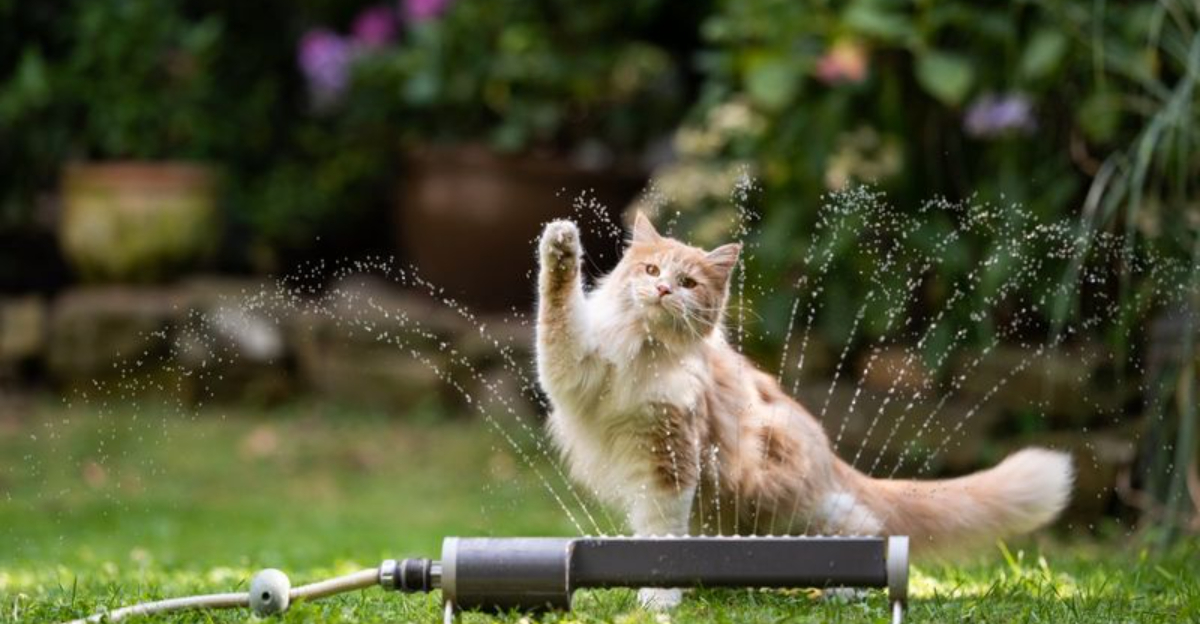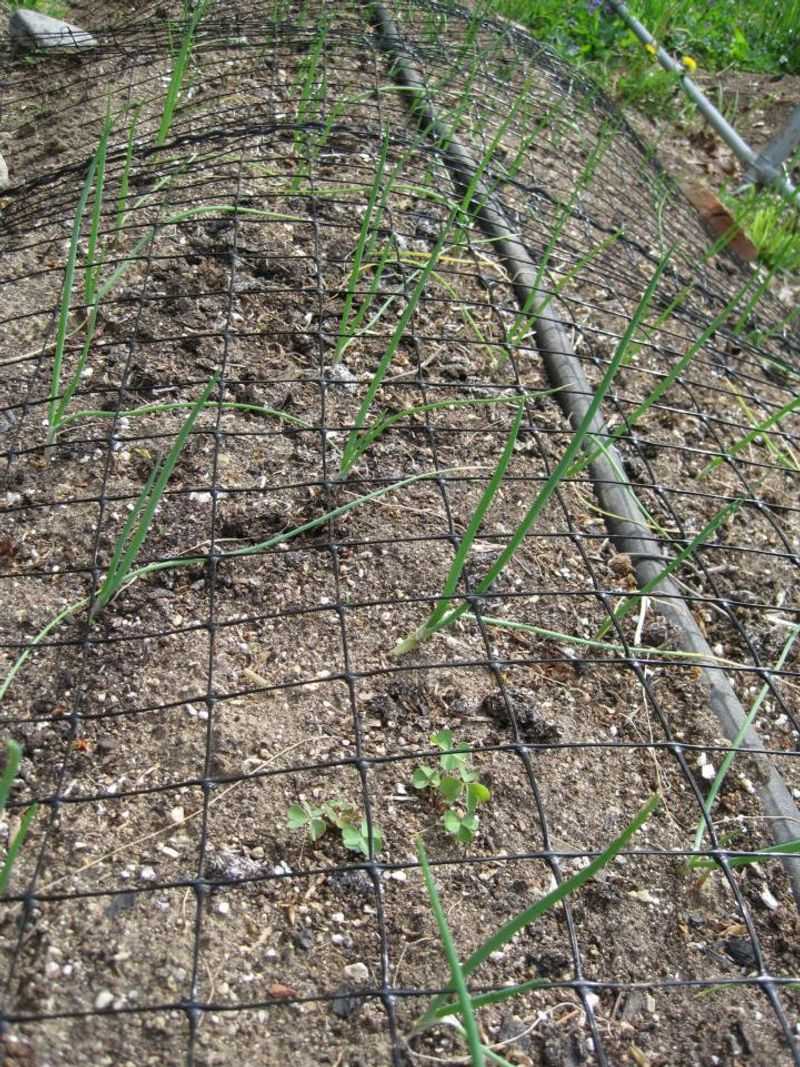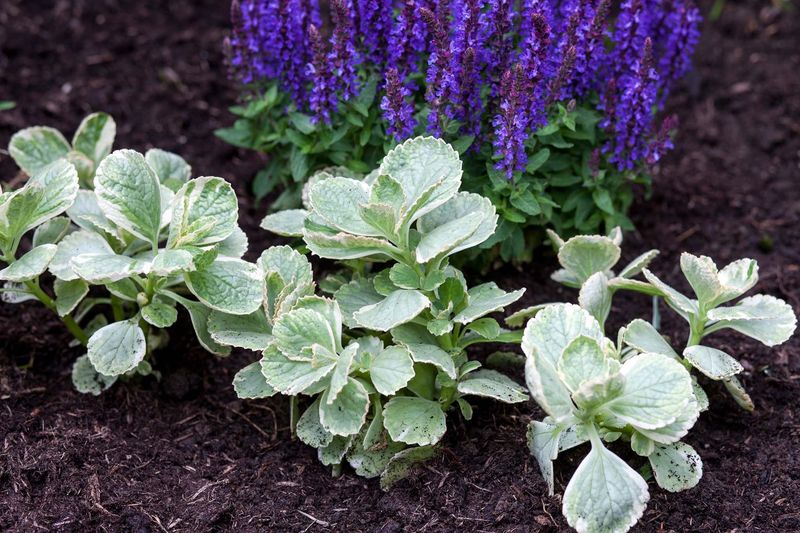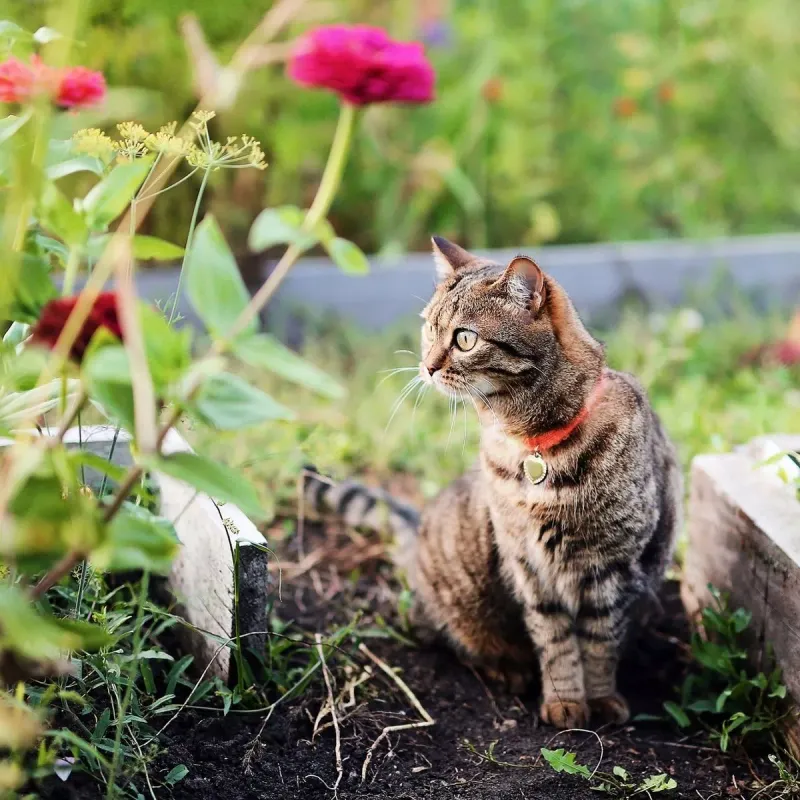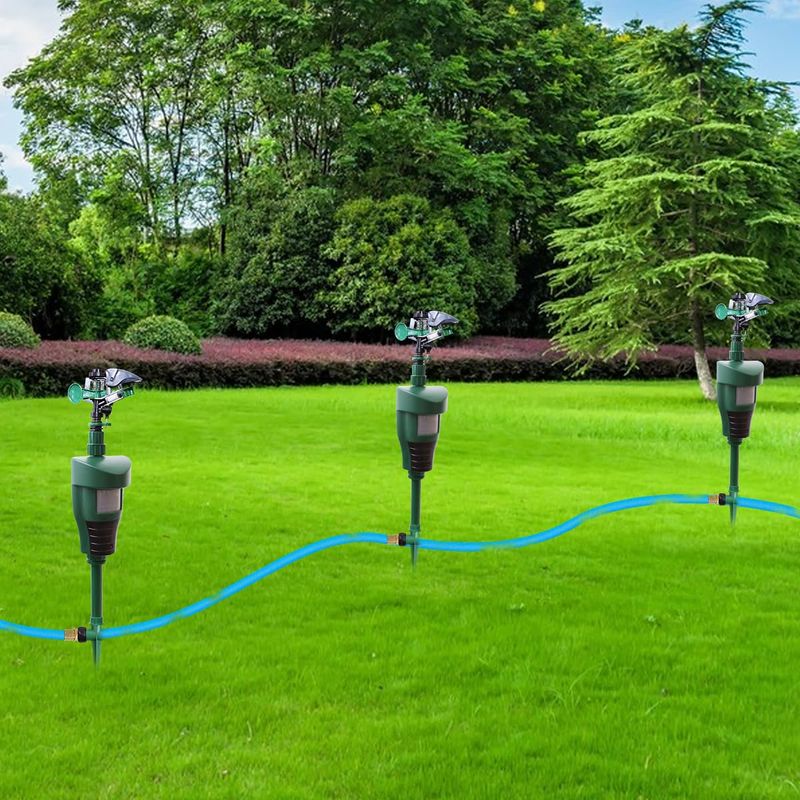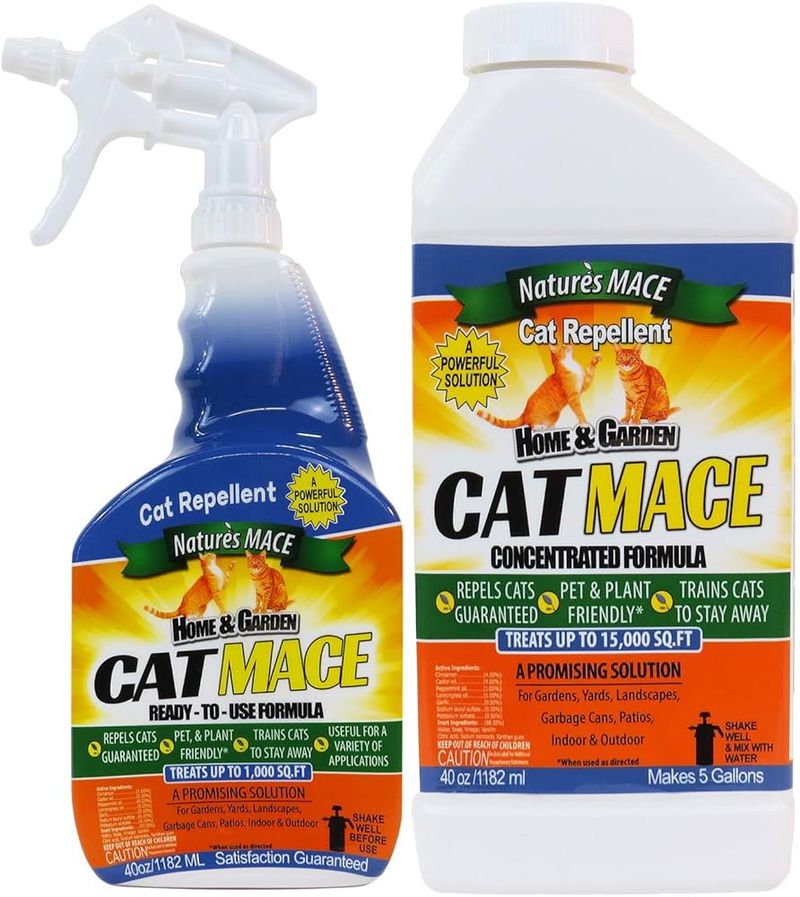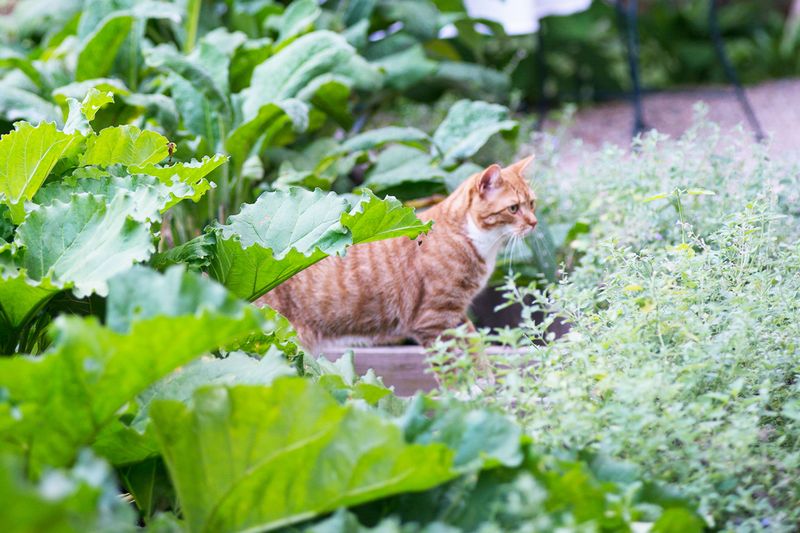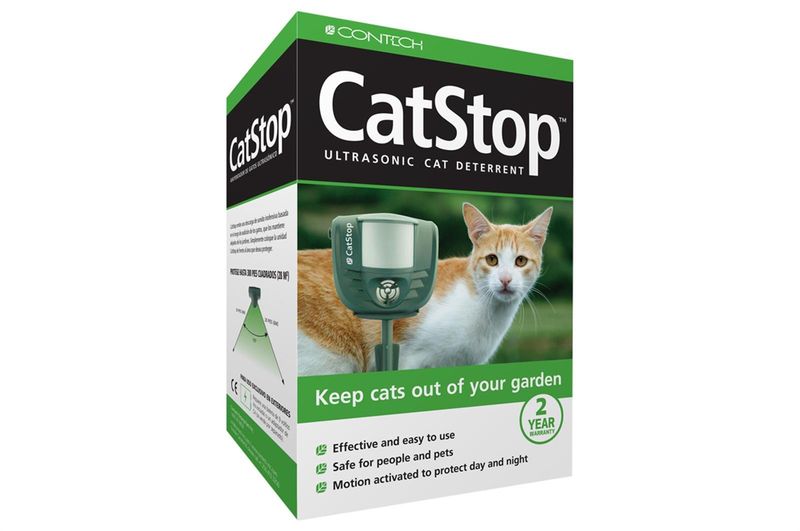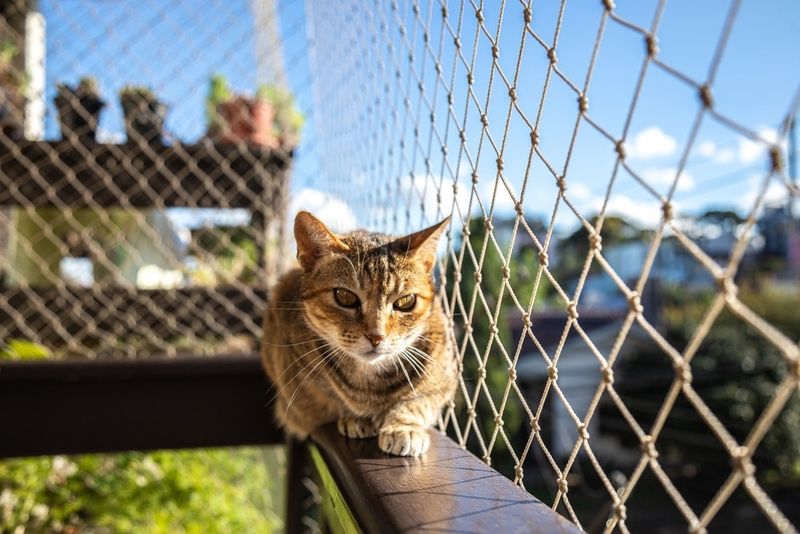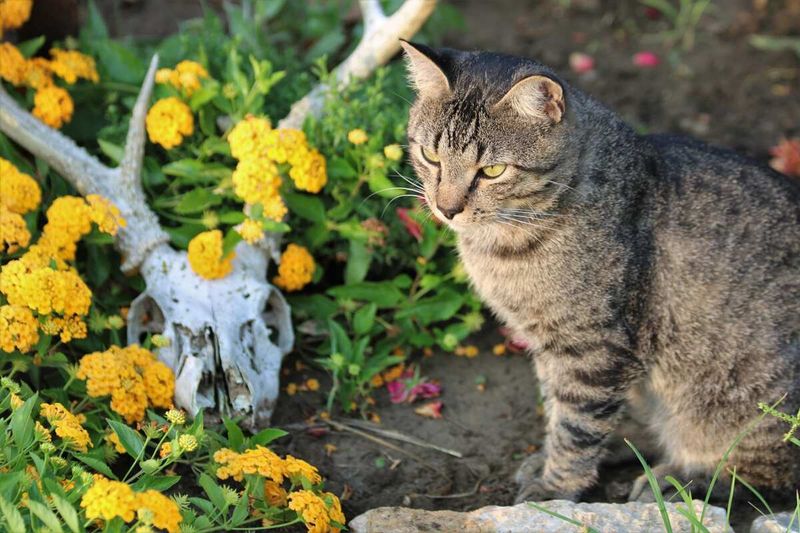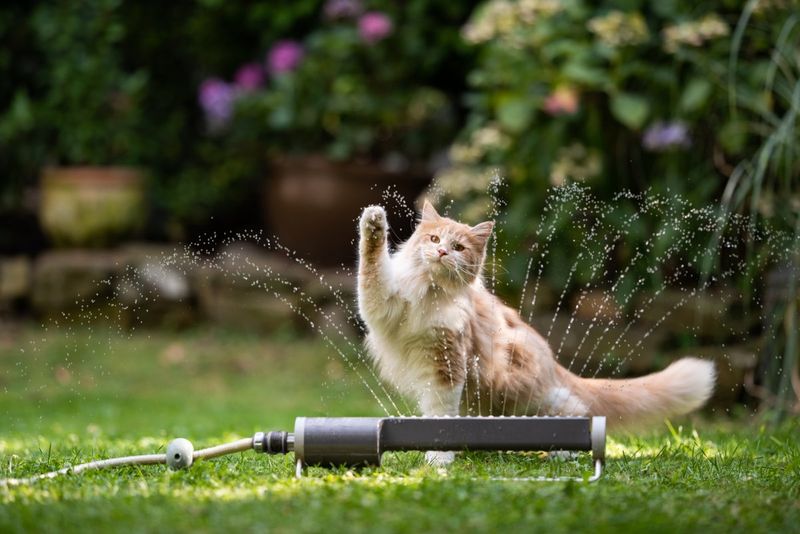📖 Table of Content:
- 1. Lay Down the (Chicken) Wire
- 2. Plant the Stinky Plants
- 3. Deploy Citrus Bombs
- 4. Motion-Activated Sprinklers
- 5. Use Commercial Repellents
- 6. Make the Ground Less Appealing
- 7. Set Up Garden Sentries
- 8. Aluminum Foil or Plastic Fork Ambush
- 9. Build a Cat-Proof Border
- 10. Add a Designated “Cat Zone”
- 11. Use the Power of the Hose (Human Edition)
If you’ve ever strolled into your yard only to find freshly dug holes or unwelcome surprises nestled among your flowers, we understand. While our feline friends can be charming and even beneficial for pest control, they’re not always the most considerate neighbors—especially when your garden becomes their personal litter box. Not only is it unsanitary, but cat waste can also pose health risks to humans and pets, and wreak havoc on your carefully tended plants.
Cats are creatures of habit, and once they’ve chosen a favorite spot to relieve themselves, they’re likely to return again and again. Whether it’s the softness of your mulched flowerbeds or the privacy of your backyard bushes, something is attracting them—and it’s time to make a change. Fortunately, there are a variety of strategies that can help you reclaim your outdoor space without harming the animals or your plants.
We’ll walk you through 11 effective and humane methods to keep cats out of your yard and away from your flowers. From natural deterrents to clever landscaping tricks and even a few high-tech solutions, these tips will help you turn your garden into a no-go zone for neighborhood prowlers—so you can enjoy your yard without the mess and stress.
1. Lay Down the (Chicken) Wire
Ever walked barefoot on something unexpectedly bumpy? That’s how a cat feels when it steps on chicken wire buried just beneath the soil. This trick is delightfully simple: unroll the mesh and secure it a couple of inches below your garden’s surface, cutting holes only where your plants need to grow. The uneven surface throws off cats’ balance and totally kills their potty party vibes. While it won’t harm them, it definitely sends a strong “keep your paws to yourself” message. Bonus: it also deters digging from other critters like squirrels. You can hide the wire under a light layer of mulch for aesthetics. Just watch how quickly your garden goes from feline fave to feline fail.
2. Plant the Stinky Plants
Some plants are nature’s way of saying “nope” to cats. Introducing strong-smelling greenery like coleus canina, rue, or even robust lavender can send a clear olfactory warning to four-legged intruders. While we may find these scents calming or even pleasant, cats turn their tails at them. Strategic placement of these plants around the borders of your garden acts like a scented force field. This method has the added bonus of beautifying your space while keeping it poop-free. If you’re going all in, scatter the plants in between beds and walkways. Just be sure to pick varieties that are also safe for pets, just in case one brave soul dares to nibble.
3. Deploy Citrus Bombs
Cats and citrus go together like oil and water—so use that to your advantage. By scattering orange, lemon, or lime peels around your garden, you create a natural, fragrant barrier that most cats can’t stand. The acidic oils in citrus rinds are strong deterrents without being harmful. Over time, the peels decompose and enrich your soil—bonus! Be consistent and refresh the peels every few days, especially after rain or heavy watering. For extra power, try soaking cotton balls in citrus essential oils and tucking them near vulnerable plants. This way, your garden smells like a spa to you and a chemical warfare zone to them.
4. Motion-Activated Sprinklers
Picture this: a curious cat creeps into your garden, tail twitching, only to get blasted by an unexpected sprinkle of water. That’s the magic of motion-activated sprinklers—startling, harmless, and highly effective. These gadgets sense movement and respond with a quick squirt, turning your garden into a feline obstacle course. Cats hate getting wet, especially when they didn’t see it coming. Over time, they associate your yard with surprise showers and steer clear. Plus, your plants stay watered without lifting a hose. It’s a win for nature and a loss for the litter-loving prowlers.
5. Use Commercial Repellents
Sometimes, it pays to go store-bought. Cat deterrent sprays like Nature’s Mace or Critter Ridder combine powerful natural ingredients like garlic, pepper, and cinnamon to send felines packing. They’re safe for your garden and can even help with other nuisance animals. The key is consistency—spray regularly, especially after rainfall or watering sessions. What smells spicy and unpleasant to a cat is often barely noticeable to us. Think of it as invisible armor for your garden. A few sprays here and there, and your flower bed becomes a no-poop zone.
6. Make the Ground Less Appealing
If cats loved walking on broken eggshells and pinecones, you wouldn’t be here. Scatter scratchy or pokey textures like dried pinecones, thorny rose clippings, or crushed eggshells over your soil, and they’ll lose interest fast. This method messes with their comfort zone—they prefer soft, diggable dirt. Decorative gravel and chunky mulch also do the trick, and can even make your garden look more polished. It’s like interior design with a side of pest control. Make sure to cover their favorite spots thoroughly, and rotate textures if they get bold again. Eventually, they’ll take their business elsewhere.
7. Set Up Garden Sentries
Enter: the ultrasonic deterrent—a high-tech bouncer for your backyard. These devices emit a high-frequency sound that’s irritating to cats but completely silent to humans. Place one near frequently pooped-on areas and wait for the confusion to begin. Cats will typically visit once or twice before realizing they’re in hostile sonic territory. Many models even flash lights for an added “don’t mess with me” vibe. They’re solar-powered, low-maintenance, and surprisingly effective. Once installed, your garden practically defends itself.
8. Aluminum Foil or Plastic Fork Ambush
Who knew your kitchen drawer held the keys to garden defense? Cats hate the crinkle of foil under their paws—it’s unpredictable, loud, and just weird. Lay down sheets around their favorite toilet zones and enjoy the show (from a distance). Or go for the fork method: stick plastic forks upright, tines facing up, around your plants like a tiny plastic army. The sight alone is enough to make cats think twice. It’s cheap, quirky, and weirdly satisfying to set up. Your garden becomes both a fortress and a conversation piece.
9. Build a Cat-Proof Border
Defensive gardening is a noble art. If cats are climbing into your yard, a simple fence might not cut it—but a tilted barrier? Game changer. By angling the top of your garden fencing outward (about 45 degrees), you make it nearly impossible for cats to scale. Add some floppy netting or wire mesh, and even the most athletic felines will second-guess their ambitions. It doesn’t have to be an eyesore, either—many gardeners incorporate decorative trellises or plants to blend form and function. This is a great long-term investment if your garden’s under siege. Consider it a permanent “no trespassing” sign in cat language.
10. Add a Designated “Cat Zone”
Sometimes, surrendering a small part of your garden is the key to winning the war. Set up a sandy or mulched area far from your prize flowers, sprinkle in a little catnip, and boom—you’ve created a feline-friendly paradise. The idea is simple: if you can’t beat ’em, redirect ’em. Cats often prefer spots tailored just for them, especially if they’re left alone there. It might feel like a compromise, but it keeps them away from the areas you care about most. And hey, they might even roll around cutely instead of dropping bombs. It’s strategic bribery, and it just might work.
11. Use the Power of the Hose (Human Edition)
Sometimes the old-school methods are the best. If you catch a cat mid-poop (or mid-squat), a quick squirt from the hose or a spray bottle is instant feedback. No shouting needed—just a firm, watery “NO.” Over time, cats learn that your presence equals unwanted showers. This technique requires vigilance and timing, but it’s incredibly effective for repeat offenders. You’re not hurting them—you’re enforcing boundaries like a soggy superhero. Just make sure your neighbors aren’t watching when you sprint outside wielding a spray bottle like a lunatic.
